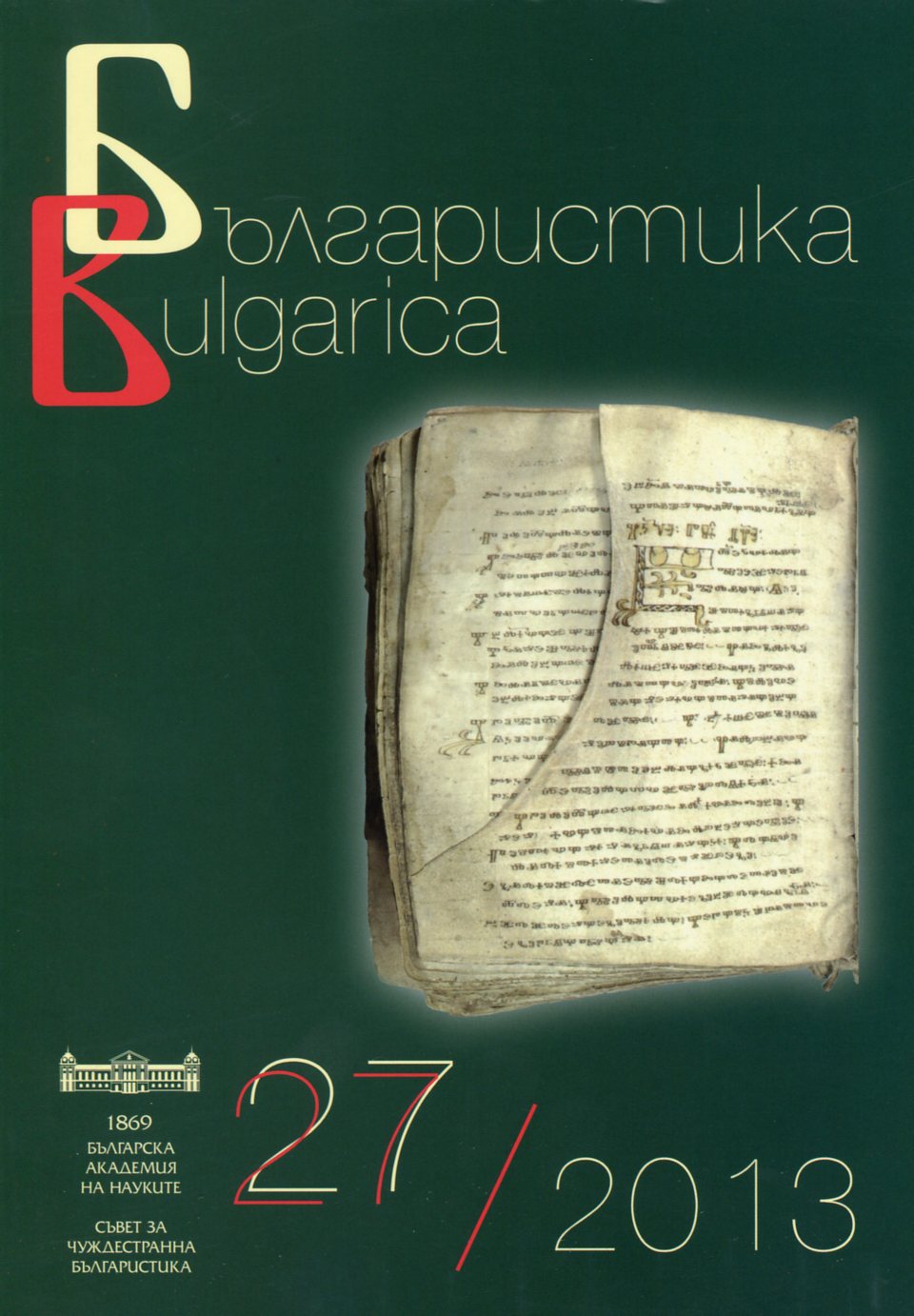
We kindly inform you that, as long as the subject affiliation of our 300.000+ articles is in progress, you might get unsufficient or no results on your third level or second level search. In this case, please broaden your search criteria.

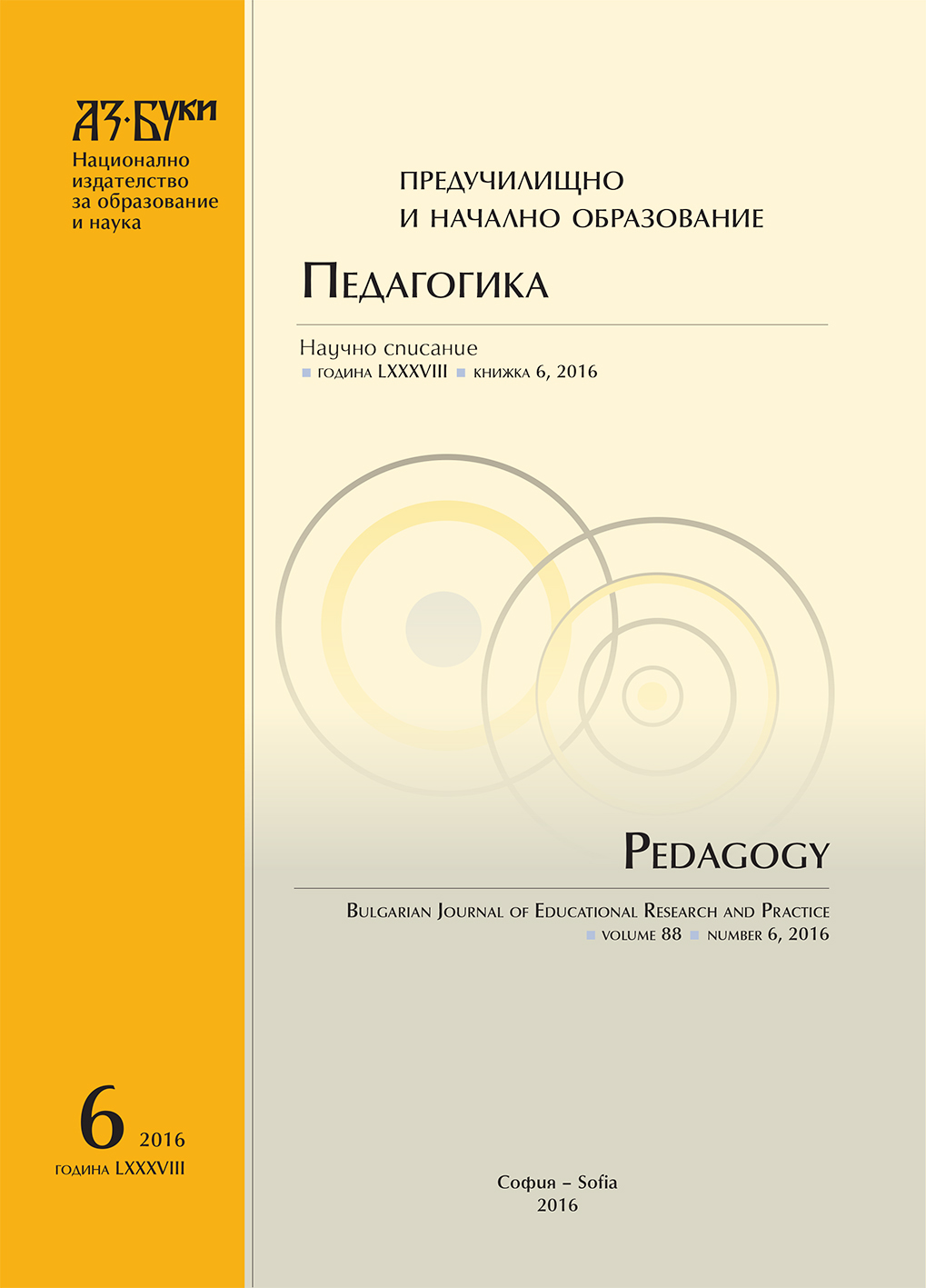
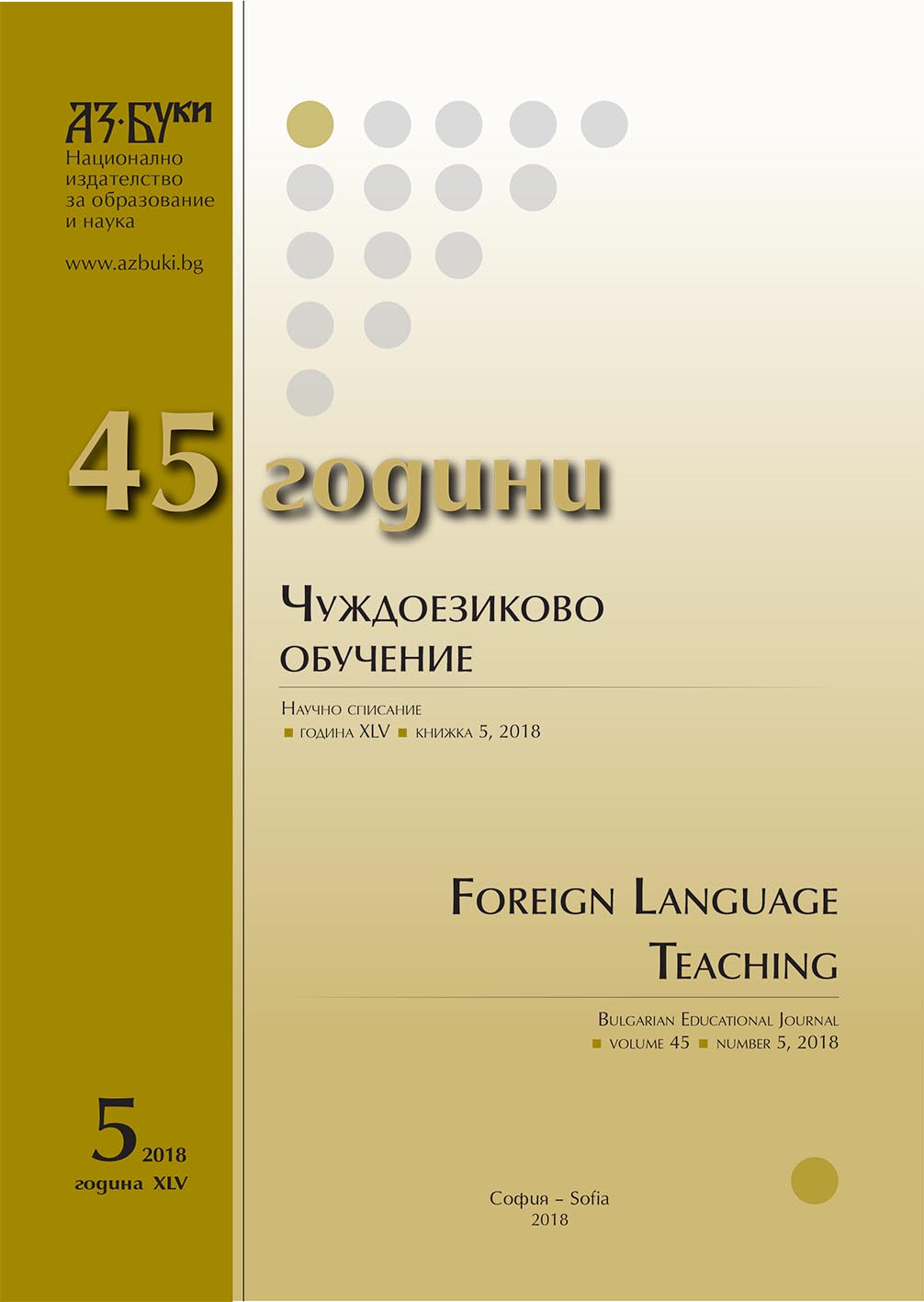
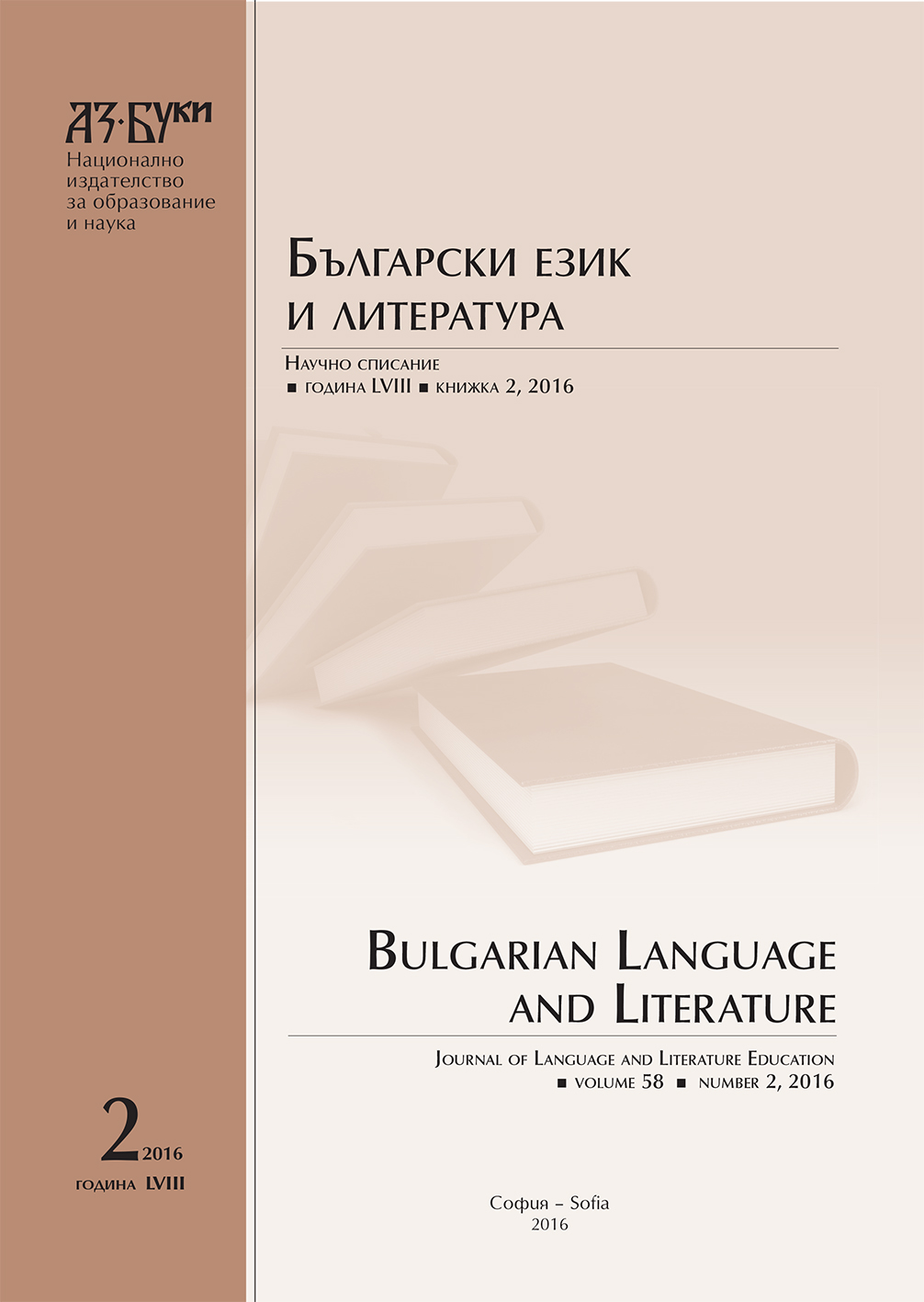

This article presents a comparative study on two levels. The theoretical one is inspired by the concept of “entangled histories” that operates on a supranational level for making cross-cultural parallels. The second level presents a case study of the reception of the French novel Les janissaires by Alphonse Royer in five languages – Greek, Romanian, Bulgarian, Karamanli, and Armenian, which took place in the Ottoman context from the 1840s to the 1870s. The goal of the study is to illustrate how under the same political reign the cultural transfer enabled a circulation of notions and an appropriation of new civilizational practices between different communities that later incorporated those notions in their nationalist discourses.
More...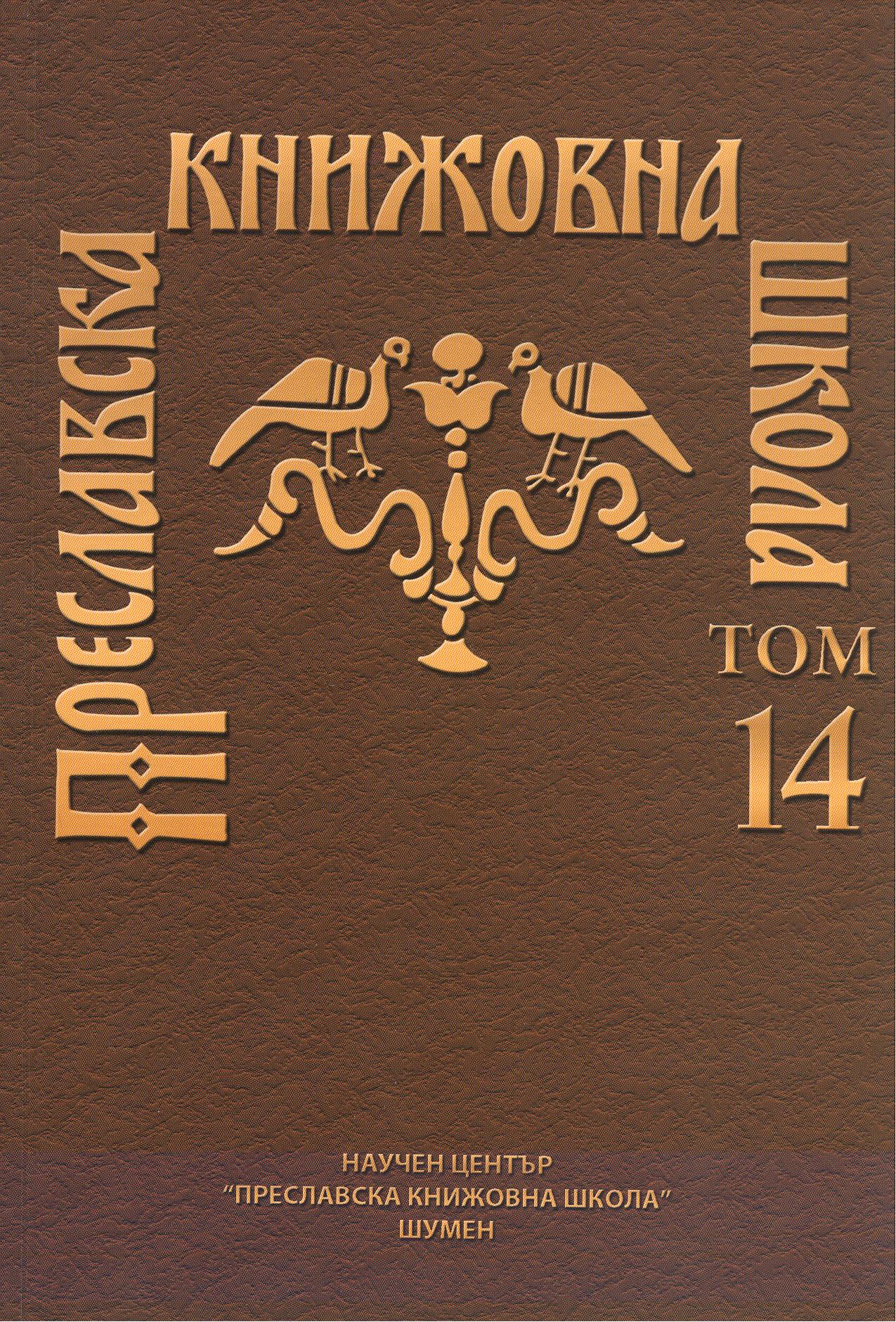
The results from Bulgarian Slavic studies articles, papers and monographs, published between 1913 and 2013, are presented in chronological order and allow for three conclusions: 1. The information provided by the translator in the epilogue to Life of St. Anthony the Great in Hlud. 195 from the 14th century on “archbishop Joan” adding “who was Patriarch of the Bulgarian land” is true and dates back to the 10th century; 2. The information provided in an earlier version of the epilogue by the same translator, known from five copies from the 16th -17thcenturies, on “Joan, archbishop of the Bulgarian land” dates back to the period between 907 and 913 AD; 3.”Archbishop Joan” in both versions of the epilogue to the translation of Life of St. Anthony the Great refers to Joan Ekzarh (Joan Exarch), who was archbishop of Bulgaria after 907 AD, and who was enthroned as the first Bulgarian Patriarch on 31st July 913 AD in St. Virgin Mary church in Veliki Preslav.
More...
The article aims at giving a concise overview on the contemporary state of knowledge what were the textual and linguistic peculiarities of the first Slavonic translation of the Nomocanon, made by St. Methodius during the last years of the Moravian mission, and what was its historical influence in the light of the development of the Slavonic juridical tradition from the 9th to the 18th cc.
More...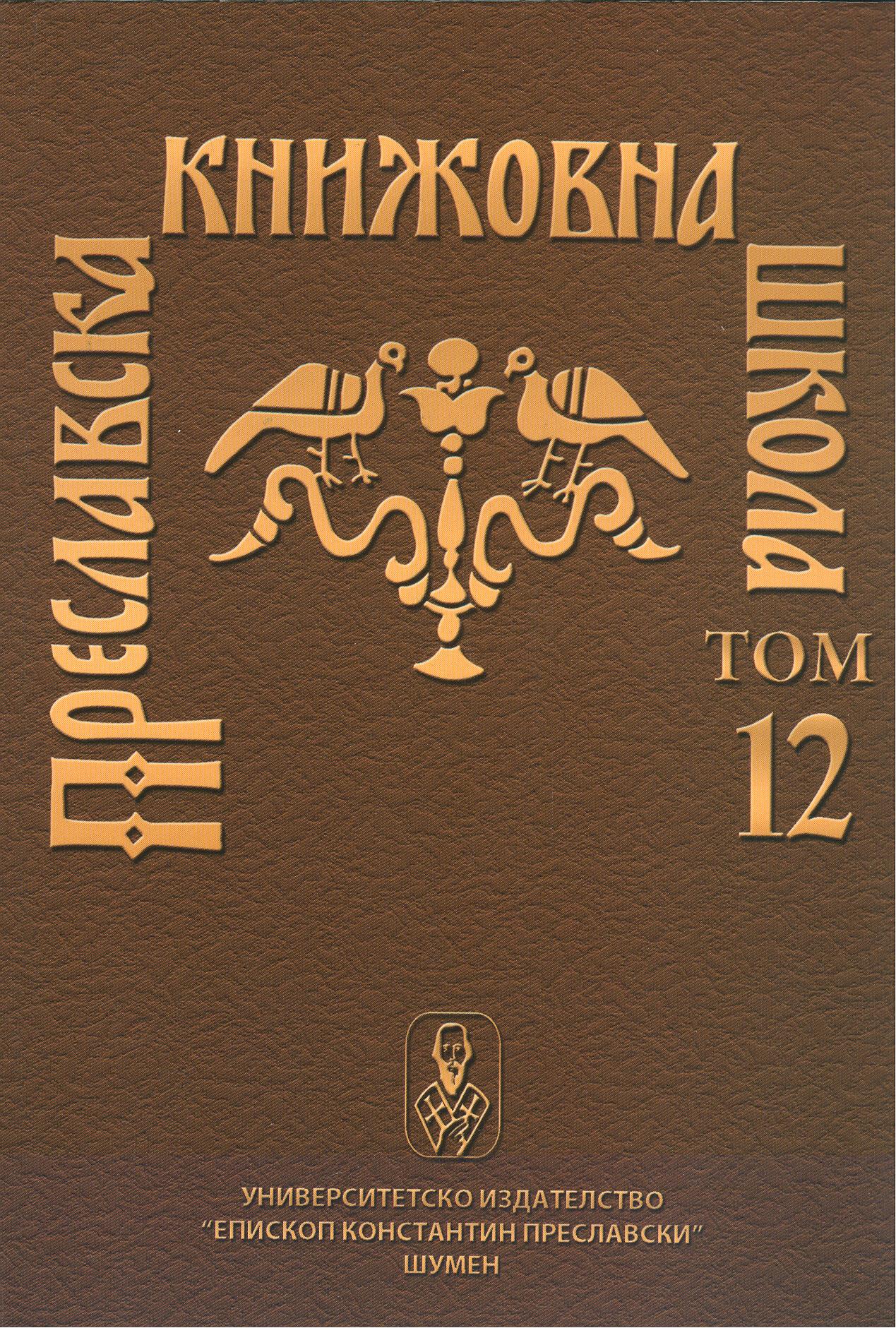
This article is devoted to analysis of the text of John's Gospel which is present in the Croatian Glagolitic Missals and Breviaries created before the 15th century. Research has shown that these liturgical books contain one of the early versions of Old Slavonic translation of the Gospel, which in some Croatian sources was again fixed after Latin originals or subjected to linguistic Croatization. The Gospel text of the Croatian Breviaries and Missals which has not been subjected to a secondary correction often coincides with the Preslav edition of the Gospel. This is the result of a comparison between these Glagolitic sources and a critical edition of the Church Slavonic Gospel of John, prepared by a team of researchers led by A. Alexeev. Cases of coincidence between the Croatian texts and the more recent Cyrillic editions are very rare and not entirely convincing which excludes the possibility of later changes in the Glagolitic sources after Cyrillic copies. That Preslav edition of John's Gospel has been used in the preparation of Croatian liturgical books where it later developed independently within the framework of its own textological tradition.
More...
In this report four newly discovered notated chants for the church service in honour of Saint Naum on 23 December are presented. Written in the 19th century they show how the cult of this notable Saint is renewed during the period of Bulgarian National Revival.
More...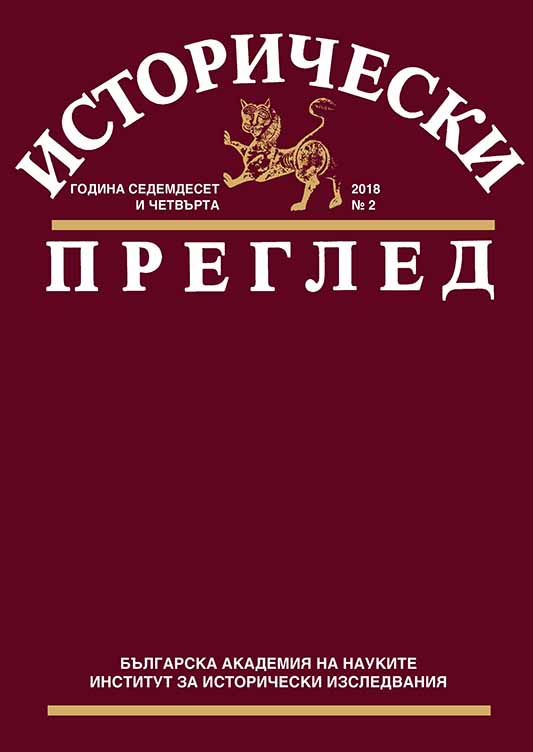
The paper deals with the complex relationship between Ivan Naydenov (1834– 1910) and Petko R. Slaveykov (1827–1895) – two active participants in the struggle for independent Bulgarian Church, establishing the Bulgarian Exarchate, and in the social life in 1870’s. The debates in the newspapers and the collaboration between these two prominent newspaper editors are in the focus of the study. The unpublished letters of Naydenov to Svetoslav Milarov (1849–1892) are among the important sources used in the paper. The research aims at offering a more precise picture of that time and of the attitude towards the so-called “enlighteners”.
More...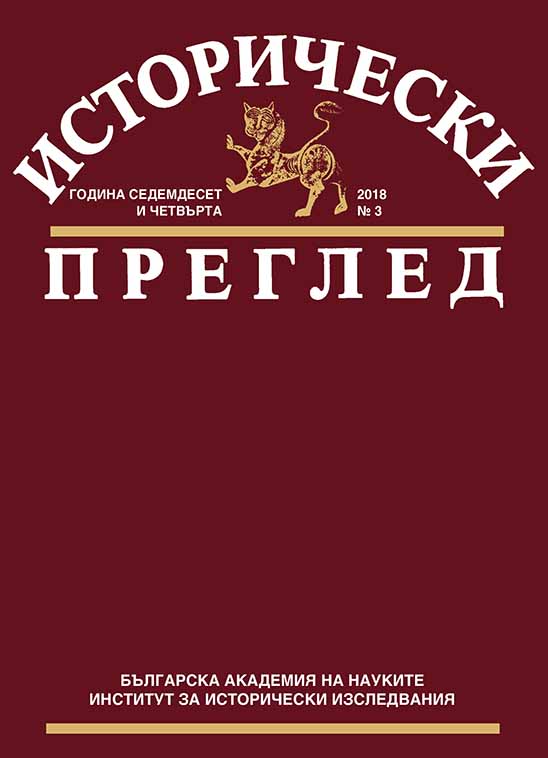
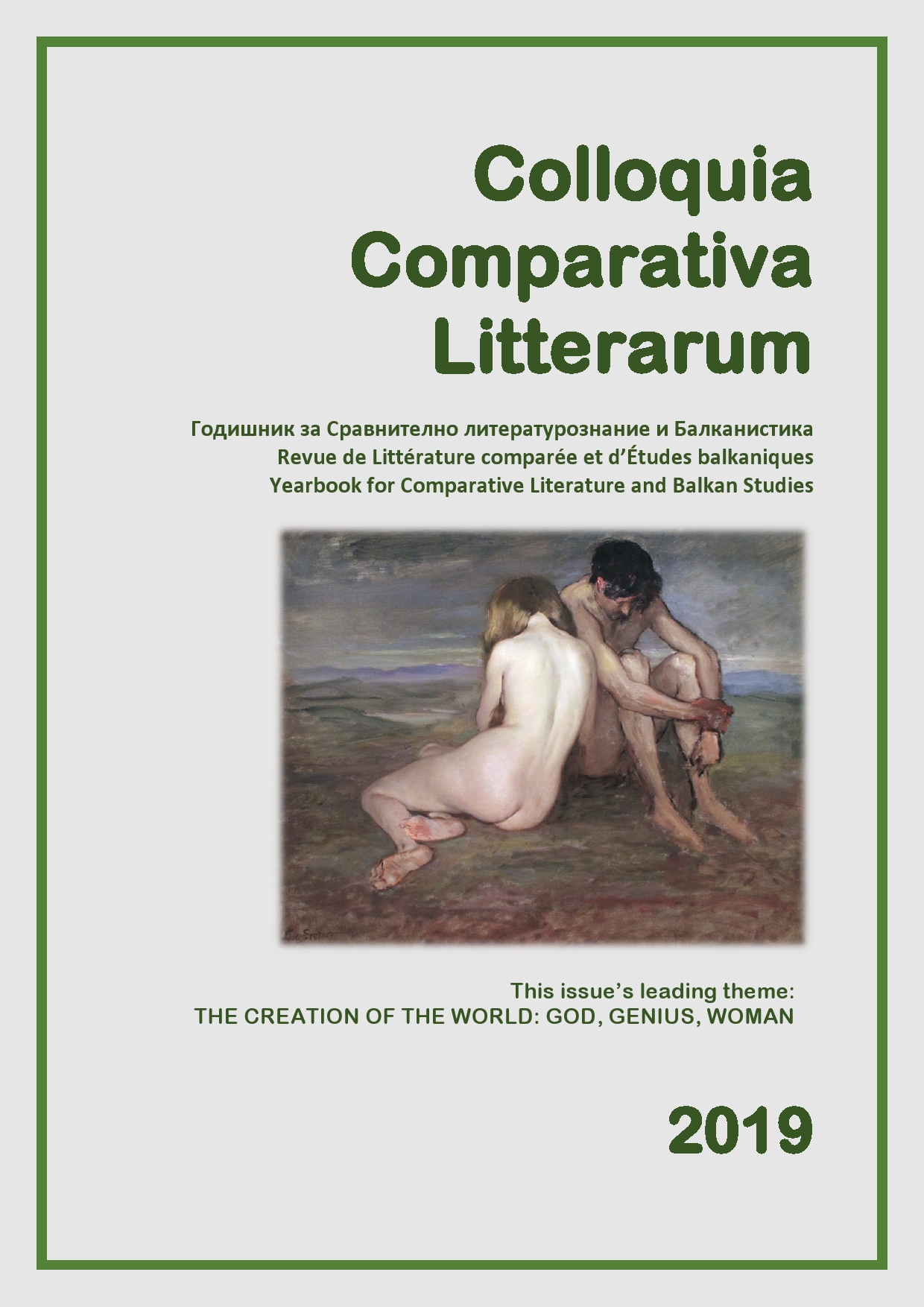
This article presents the methodological grounds for teaching Comparative Literature of the Balkans as a subject within the syllabus of the Balkan Studies master’s degree programme at Sofia University “St. Kliment Ohridski”. The examples borrowed from the reception of Romanian literature in Bulgaria show the absence of targeted interest in neighbouring countries’ literatures. The reasoning continues with the discussion of cases in which a hypotext from French literature acquires a unifying role and allows for finding grounds for comparative studies (around ideas expressed in Naturalism and Symbolism) of the otherwise indifferent to one another South-Eastern European literatures, and quotes examples from Romanian, Bulgarian, and Greek literatures.
More...
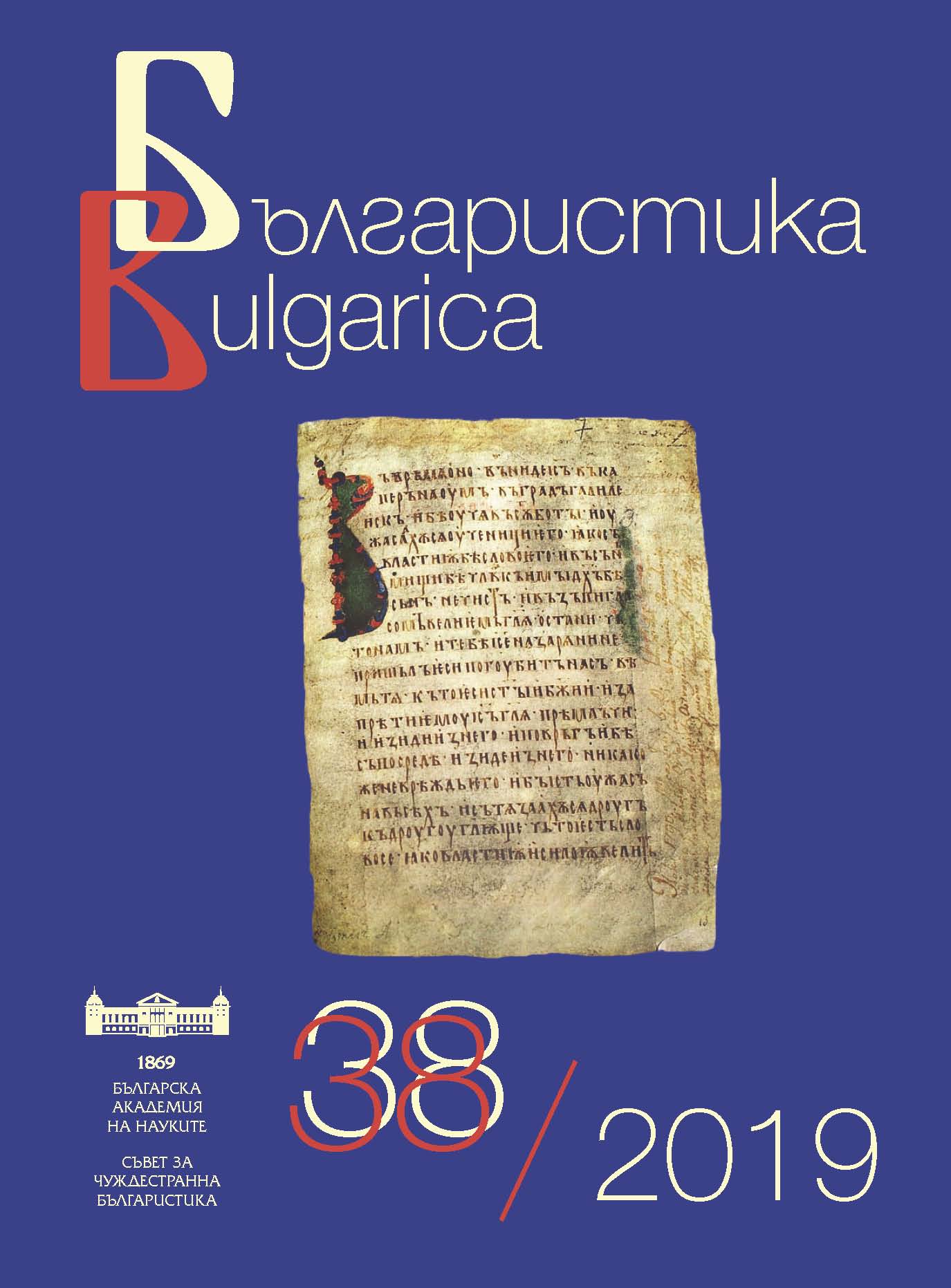

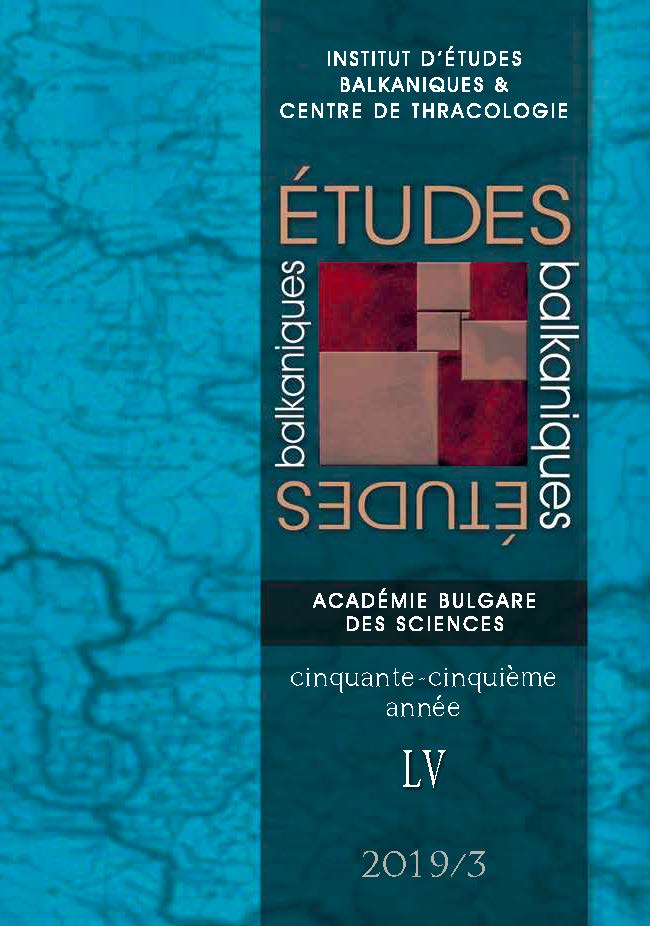
In “Homo viator” Gabriel Marcel says: “We cannot help seeing that there is the closest of connections between the soul and hope. I almost think that hope is for the soul what breathing is for the living organism. (…) It is precisely the soul that is the traveler; it is of the soul and of the soul alone that we can say with supreme truth that „being” necessarily means „being on the way” (en route)”1. And thus man on the way is precisely a man of hope, whether traveling in space, time, imagination, oneself, etc.Since the time of Modernism the so-called existential traveler turned into a preferred character in the vast literary field. He is so irresistibly attractive probably because the existential traveler is homo viator par excellence, most vividly expressing the idea of the modern mobility in a broader sense – as freedom and search through the world, but also into oneself – and expressing hope eventually. Regardless of how different existential travelers are within and among themselves, no matter how various they sound like and how we are accustomed to perceiving them, after all, they represent some expression of hope – an escape of the terrifying and insurmountable issues that weigh above the human situation. Furthermore, since hope is a knowing which outstrips the unknown2, in a way, hope represents an excess. Hence, by analogy, hope is deviation, hope is strange, hope is even bizarre. Man on the way, or the travelling man, is often a strange man, or at least he is a stranger. And then the strangest of the strange is perhaps the one who gives the most hope in his own way. It happened so that Modernism transformed the literary narrative into an institution of the modern society and artistic shape of time. The author, as a creator, turned into original paradigm of human being, respectively the existential traveler – into original paradigm of travelling man; into homo viator par excellence. He articulated his own cultural and civilizational code through writing. Modernist narrative was his transcendent achievement. And its strangest of the strange, its most bizarre manifestations, which we here refer as bizarrism, were often its highest efforts. Thus the most bizarre travels of the existential traveler turned into ultimate travels – travels par excellence – the furthest trips of hope.
More...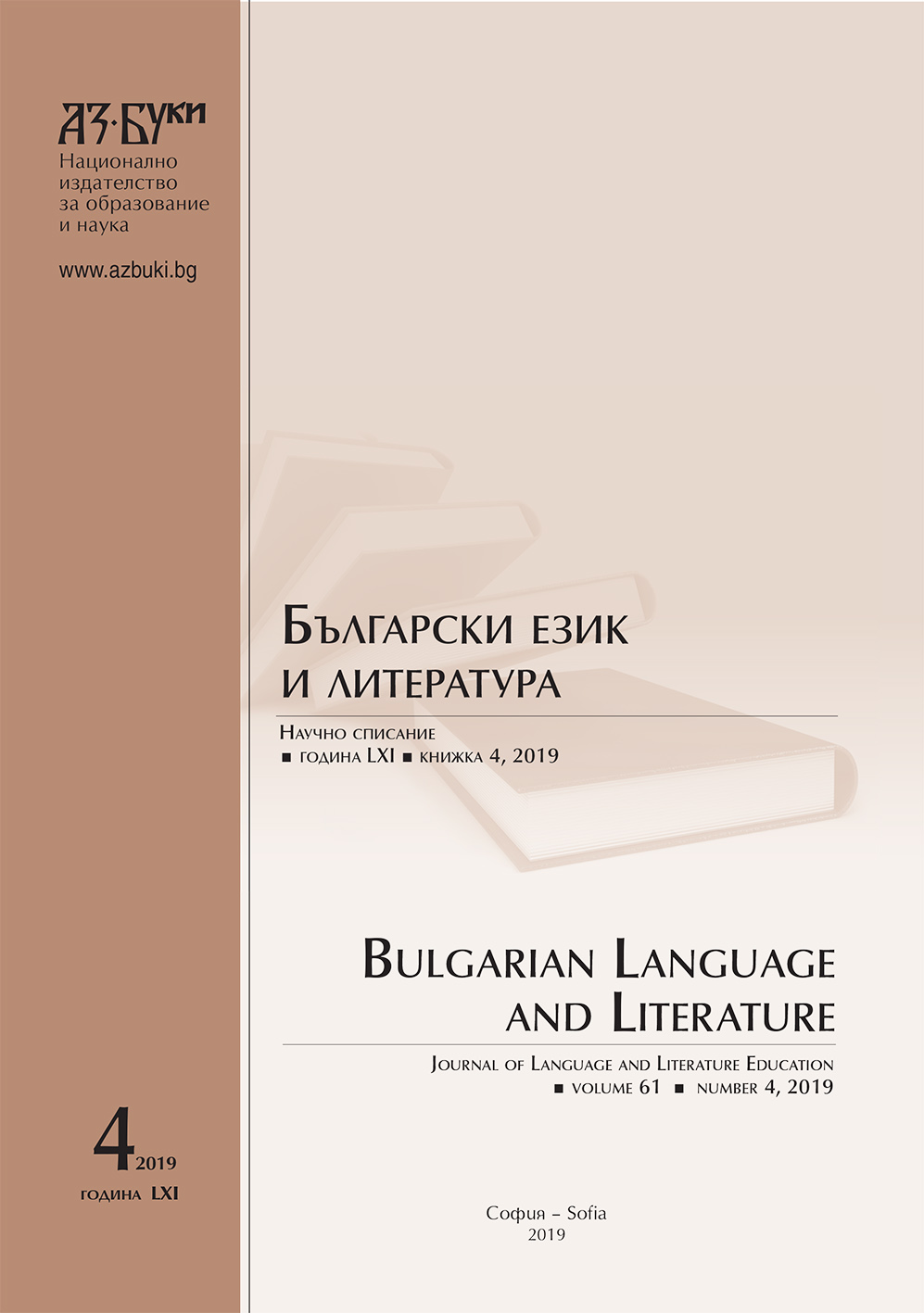
This article aims to interpret in a comparative aspect five Dalchev’s poetry, in which the leading image is the rain. The aim is to clarify the presence of “rainyness” as a poetic figure that defines the parameters of being as meaning, and which characterizes Atanas-Dalche‘s artistic reasoning and self-reliance. Interesting is the ambiguous sign that embodies the image of “rain” – death and birth, light and darkness, anxiety and consolation, poetically expressed with philosophical depth and awareness. It turns out that the rain is a “black mirror” in which the self-assimilation and self-acceptance of the human in the illusory search of the truth for the Other as availability and absence is carried out.
More...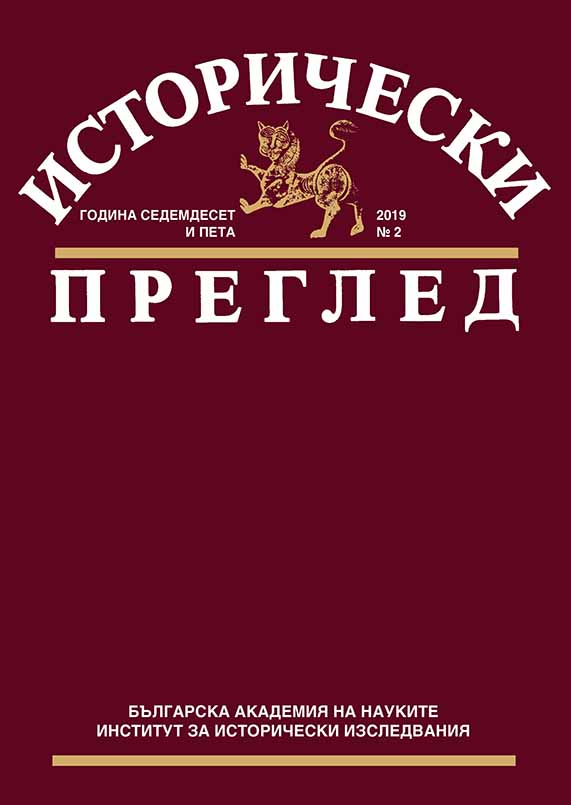
The work traces the penetration and proliferation of the Bulgarian Revival literature (books, newspapers, magazines, calendars) among the Bulgarian community in the Romanian town of Craiova in the 19th century (until 1878). The study is based on sponsorship lists (pre-subscription) to books published at that time as well as other evidence from the era. Between the 1830s and the 1870s thanks to that kind of sponsorship, the local Bulgarians became familiar with publications whose authors, translators or compilers were famous Bulgarian writers and public figures such as An. Kipilovski, Raino Popovich, G. S. Rakovski, Sava Dobroplodni, P. R Slaveykov, Dobri Voynikov, Lyuben Karavelov and others. Some of the most zealous admirers and distributors of this literature in Craiova were Dr. Peter Beron, Hadzhi Danilovs brothers and others. The dissemination of the Bulgarian Revival press, the one published in Constantinople, as well as the one printed in the Bulgarian emigrant centers in Romania and Serbia, is also included in the article. The results show that, compared to other major centers of the Bulgarian diaspora in Romania (Bucharest, Galaţi, Braila), fewer publications appeared in Craiova, which reduced their impact on the national awakening of the Bulgarian community and diminished the role of the Bulgarian residents there in the Bulgarian national revival.
More...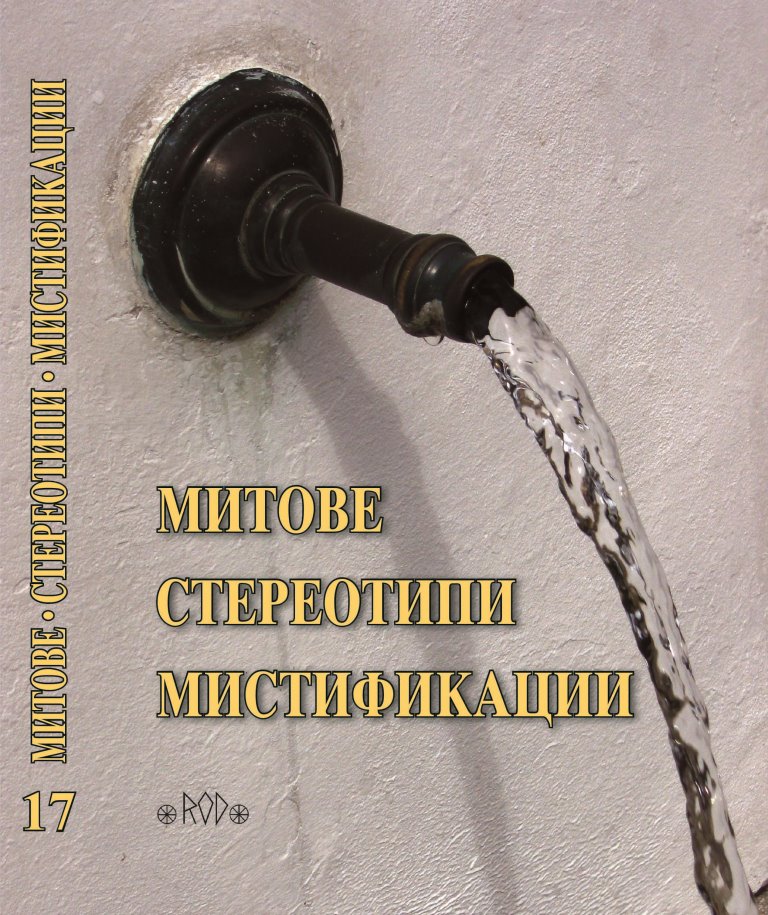
The poem “Cyril and Methodius”, more commonly known as “Varvi, Narode Vazrodeni…” was written in 1892 by Stoyan Mihaylovsky in Ruse. Before starting work as an Associate Professor of Literature at Sofia University “St. Clement of Ohrid”, he used to teach at the high school in Ruse, which is exactly where, on 15 April he wrote the fourteen verses and sent them to Dr. Krastev. The latter then published them in book no. 9–10 of the “Misal” magazine. The text of the hymn may seem pretty familiar to us, and maybe exactly because of this, we do not pay enough attention to the cultural connotation of the images of St. Cyril and St. Methodius in it. And the connotation is rich and intentional. The current research aims at trying to decode it and find out why exactly the images of the two first teachers are always a support in Bulgarian mentality.
More...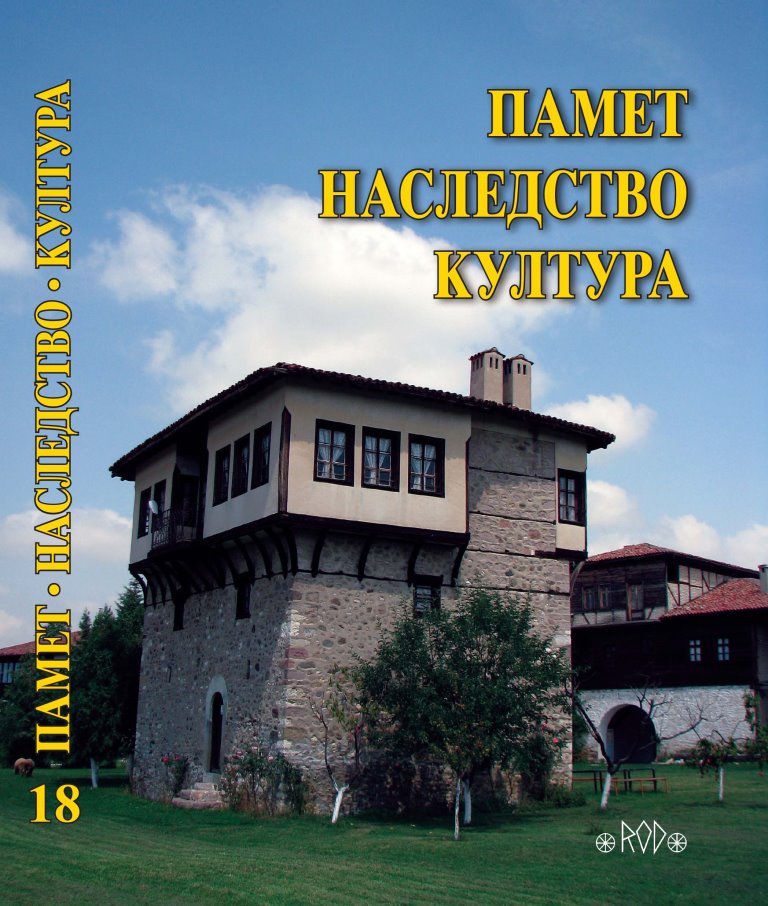
In this paper you can examine and compare the lives of the two saints and the images of holiness in the texts; the historical context of the creation of the works, the influence that both lives have into their national cultures, and also how the two hagiographies correspond to each other.
More...